Plovdiv, Bulgaria is a historical treasure-trove, with some claiming it is the oldest city in Europe.
There are many European cities which lay claim to being Europe’s oldest city.
Contenders include Athens, Nessebar in Bulgaria, and the port city of Cadiz in Spain. However, another Bulgarian city also claims this title.
Plovdiv is in the Thrace region of Bulgaria, and boasts around 6,000 years of history thanks to traces of a Neolithic settlement being found in the location of the current city.
Table of Contents
Is Plovdiv Europe’s Oldest City
The settlement moved from being the Thracian city Eumolpias to being renamed Philippoupolis before becoming a major Roman town by the name of Trimontium in 72 AD. Many buildings from this period have, at least partially, survived.
After the Romans, the city was passed between the Bulgarian, Ottoman and Byzantine empires, and it is now the second-largest city in Bulgaria.
The City of the Seven Hills
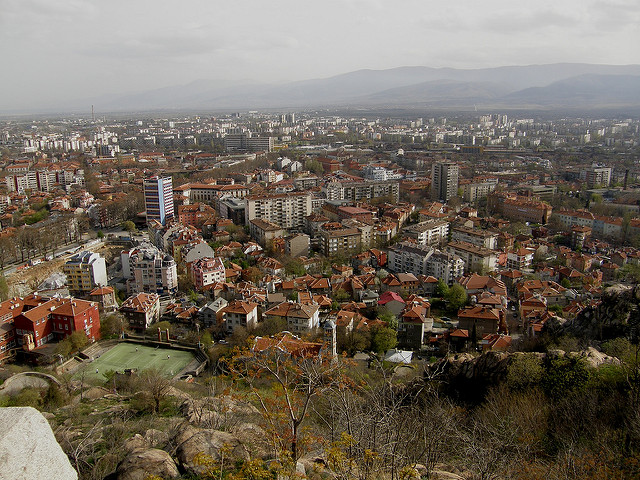
Plovdiv is known in Bulgaria as The City of the Seven Hills, as it was built on seven syenite hills rising around the Maritsa River.
After one was destroyed in the early 20th century, the city is now built on six, but the name remains!
Roman Remains
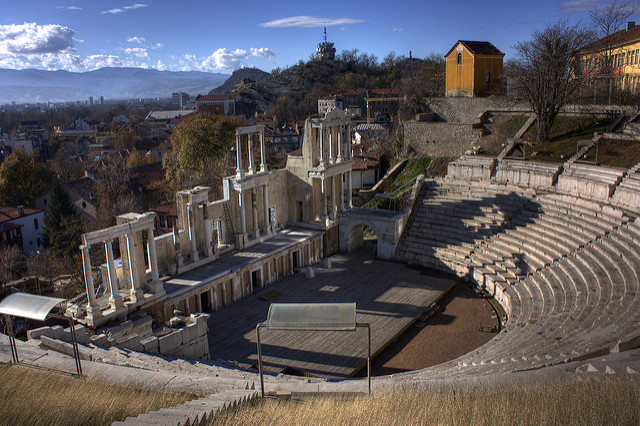
In Roman times, the city was a vibrant, bustling town, with numerous public buildings such as theatres, baths and shrines.
The Roman Amphitheatre in Plovdiv is a magnificent surviving example of these and is complemented by a restored example of a smaller Roman odeon, as well as a stadium and aqueduct.
Tourist Hotspot
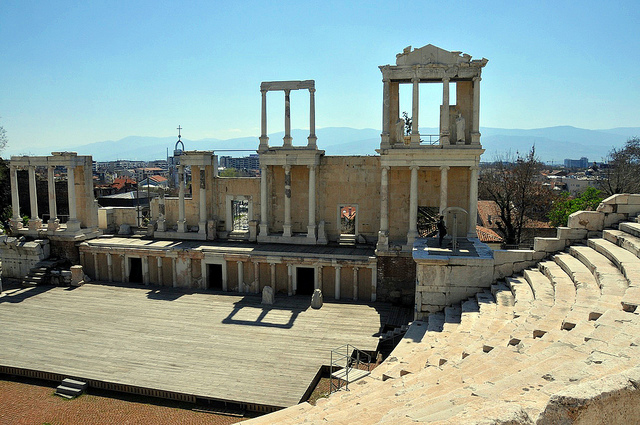
Bulgaria has become a popular tourist destination, with a good range of flights available, and many cheap all inclusive holidays available for those on a budget.
Plovdiv caters well for tourists, and the Archaeological Museum is a must-visit location in the city, displaying artifacts forming a record of the city’s rich history.
Museums Aplenty
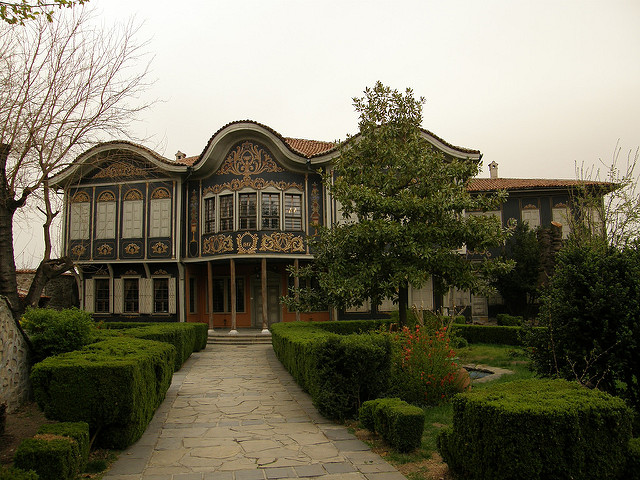
Other museums in Plovdiv include the Historical Museum, which covers the city’s history from the 16th to 20th centuries, and the Ethnographic Museum.
There is also an aviation museum and the Museum of Natural Science, featuring the largest aquarium in the country.
Streets of Old
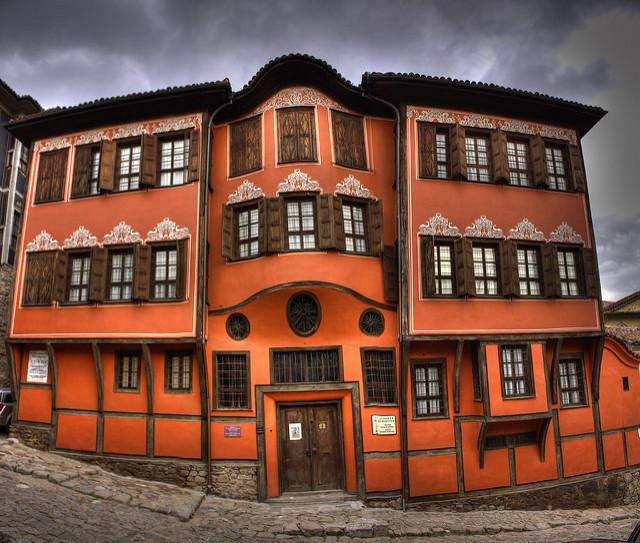
The Old Town in Plovdiv is a protected site of historic interest, as almost every building there demonstrates the Bulgarian Renaissance architectural style. Visitors can wander the medieval streets and get a feel for what life in the ci
ty might have been like hundreds of years ago.
Folklore Fun
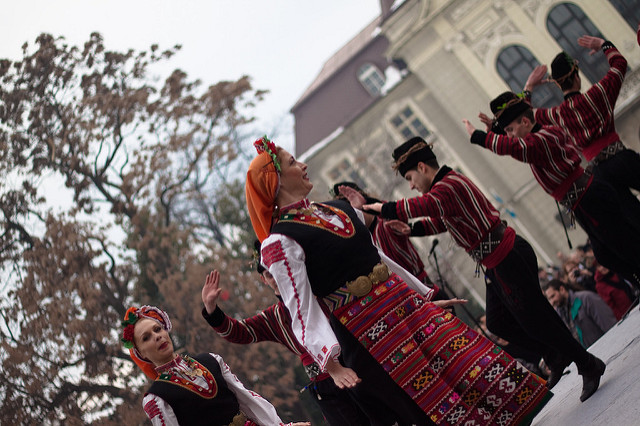
Plovdiv also has many thriving cultural attractions, including various concerts and plays performed at the historical Roman sites.
The Plovdiv Puppet Theatre group is one of the leading groups of its kind in the world, and the city’s Philharmonic orchestra, Trakiya Folklore Ensemble, and Trakiya Traditional Choir are all well worth a listen when they are playing in the city.
Bulgarian Bohemia
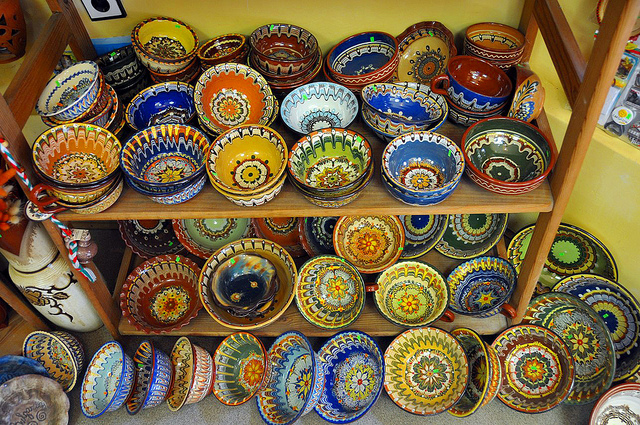
The city also houses 30 art galleries, providing a rich display of artworks from leading Bulgarian artists as well as from Mexican painters.
The city’s library is an important piece of Bulgaria’s history, and is the second largest in the country, containing over 1.5 million books.
Source:
http://en.wikipedia.org/wiki/Plovdiv
Image source:
www.flickr.com
1 2 3 4 5 6 7 8
Read More

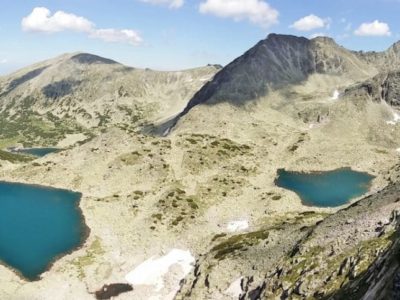
I’ve missed this during our Euro tour! Hoping to get this on my bucket list. Thanks!
Plovdiv is a really great city. First, it is not so well known European city, being located “behind the shadow” of such famous places like Venice, Rome, Barcelona, Paris, Vienna, Athens and few others. Maybe that’s what preserved the city far from the crowds of over-tourism. It is my hometown, and its interesting that for someone who grew in a rich travel destination place, often can’t recognize the uniquity of its own place, living his everyday life. But if look from traveler’s point of view, he can discover where actually he was born, grew and live.
Hi, Konstantin is right about hills being 6. One of them – the smallest was destroyed during the communist era for building there a sports hall. The project didn’t happen though and nowadays we have a mall, Markovo Tepe, there. The old town consists of 3 hills (Trimontium – Latin for three peaks). They are joined together and most of the people think it’s only one there. You have three more scattered around which you can not miss…
I love old architecture
I love the ‘Renaissance’ that feel these photos have. Great to hear about countries preserving their historical landmarks and culture as well. Thanks for posting!
I visited Plovdiv this Autumn and I spend a real great time! This place is one of the real gems away of the over-crouded-with-tourists-popular destinations. It’s very cheap to stay and to go to as Ryan has flights to Plovdiv (I took my ticket for 40£).
The atmosphere is unique, very cultural and charming city. Realizing that you step on the ground where people have walked 6000 years ago is very inspirational.
People are very kind (unlike people from Sofia that I visited too but didn’t like) and they are describing themselves more with their city than their country, as their city has much more of character.
Next year I’m there again but this time to the Rodopi mountain! Yay!
Plovdiv is definitely my favorite city in Bulgaria, the food is just so good and cheap! I just loved the mix of old and new.
Dave,
These photos of Bulgaria are absolutely stunning!!!
Wow, Bulgaria is so much more beautiful than I ever imagined.
Wow I’m genuinely shocked by how beautiful it looks, and in that condition too. I think I need to put Bulgaria on my to-do list sometime soon.
If I reach Bulgaria one day, I need to go here! Must be interesting to have Roman remains in the same time with the orthodox Eastern European flair.
It is quite the contrast of cultures and history eh,
Hey guys nice review on Plovdiv. Indeed my favorite city in Bulgaria while I lived there for a year. I went to Plovdiv every month. By the way there are only three hills left.
Thanks for the note Shawn, I know you spent a lot of time in Bulgaria. You are definitely an expert on it!
Hi mate,
Just a small correction – there are indeed six hills in Plovdiv.
3 of them form the center of the city and the others are scattered around.
Otherwise, the city is a must-see if you plan to travel across South-Eastern Europe.